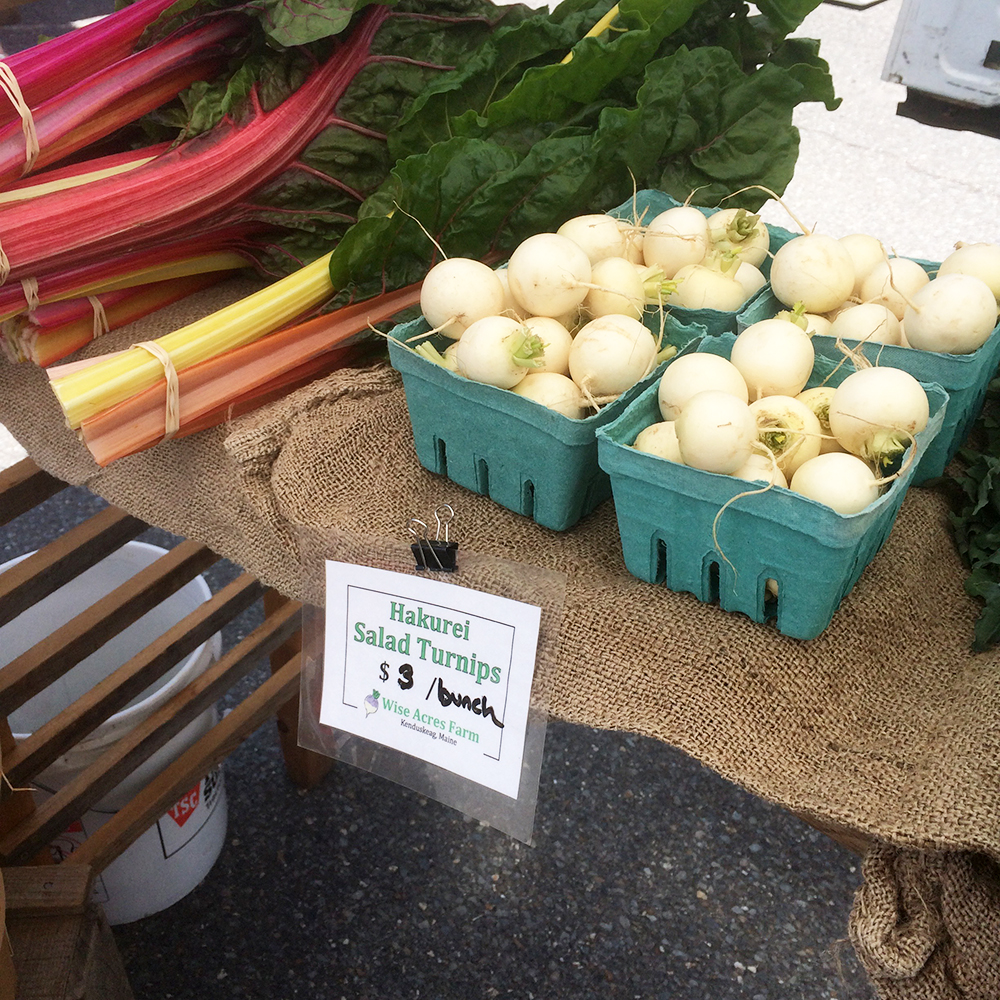The 2018 Farm Bill has passed the House and Senate. What does it mean for farmers and homesteaders?
After passing in the U.S. Senate on Tuesday by a vote of 87-13, and making it through the U.S. House of Representatives with a 389-47 vote on Wednesday, the 2018 Farm Bill now heads to the desk of President Donald Trump to be signed into law.

What is the Farm Bill?
H.R.2: The Agriculture Improvement Act of 2018, commonly called The Farm Bill, is the massive 641-page, $867 billion legislation that authorizes federal support and funding for United States Department of Agriculture programs on commodities, conservation, farm credit, rural development, research, extension services, horticulture, crop insurance, nutrition assistance and trade for the next five years.
It’s the primary tool used by the USDA to set food policy in the country. It is reviewed and renewed by Congress every five years.
The bulk of the bill’s budget is directed toward the federal Supplemental Nutrition Assistance Program — or SNAP — which receives 80 percent of the funding.
The remaining funds are directed toward agricultural programs and services.
What programs are included in the Farm Bill?
According to the National Sustainable Agriculture Coalition, the 2018 Farm Bill contains some good news for beginning, small and/or organic farmers and local food movements.
Funding is included for programs like the Beginning Farmer and Rancher Development Program, the Outreach and Assistance for Socially Disadvantaged and Veteran Farmers and Ranchers Program, Value-Added Producer Grant Program and the Farmers Market and Local Food Promotion Program.
These programs provide permanent funding for programs that support local farmers markets and permanently allots money for organizations that work to train the next generation of farmers and support veteran and minority farmers.
How is organic farming helped in the Farm Bill?
The 2018 Farm Bill also includes increased funding for the National Organic Research and Extension Initiative from $20 million annually in 2019-20 to $50 million over the next five years. The research initiative funds projects that enhance producers’ ability to grow and market high quality organic agriculture products.
“The final deal addresses a growing need to scale up our nation’s farm-to-fork initiatives, invest in healthy food, support the next generation of farmers and other underserved producers and continue making strides in organic agriculture research,” said Juli Obudzinski, interim policy director at the National Sustainable Agriculture Coalition. “The 2018 Farm Bill will make a critical investment in the future of American agriculture.”
Conservation in the Farm Bill
The 2018 Farm Bill preserves funding for the federal Conservation Stewardship Program which supports and funds farmers’ work to preserve the land through practices like planting cover crops, rotational grazing, pest management, buffer strips and the transition to organic farming.
The bill legalizes the commercial production of hemp, a form of cannabis used for fiber and making everything from paper products to clothing to a form of concrete.
What are some of the negatives in the Farm Bill?
On Tuesday, The National Family Farm Coalition issued a statement saying the Farm Bill, despite funding programs helping small and organic farmers, was still written primarily to help the large agricultural businesses.
“The overall premise of this farm bill, like those of the past two decades, is to expand production, force foreign export markets to absorb the oversupply and rely on insufficient subsidies and insurance programs to buffer farmers from the resulting low prices,” the coalition said in its statement. “These policies have driven farmers out of business, shrunk farmer prices and worker wages while profiting multinational corporations, devastated rural economies restricted aid for the neediest and contributed to climate change and high obesity rates.”
